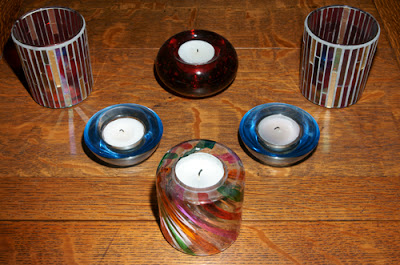Aim: The aim of this exercise is to produce two photographs; one conveying rhythm and one conveying pattern.
Approach and results. For 'pattern' I wanted to show the repetition of a particular shape. I chose the tiled rooftop of the holiday home we were staying in at the time. I filled the frame with the tiles, making the pattern borderless and endless to the eye. I chose to use black and white to enhance the pattern by taking away any colour variation (not that there was much). I also tried to crop the image as symetrically as I could to make the pattern look as even as possible and waited until the light was at an angle to bring out the pattern.
 |
| Pattern |
 |
| Rhythm |
It is important to fill the frame with a pattern so that the pattern continues on in the viewers head.
For rhythm it is important to capture some progression and not just repetition. It is not just shapes that can create the rhythm but also colour.



























